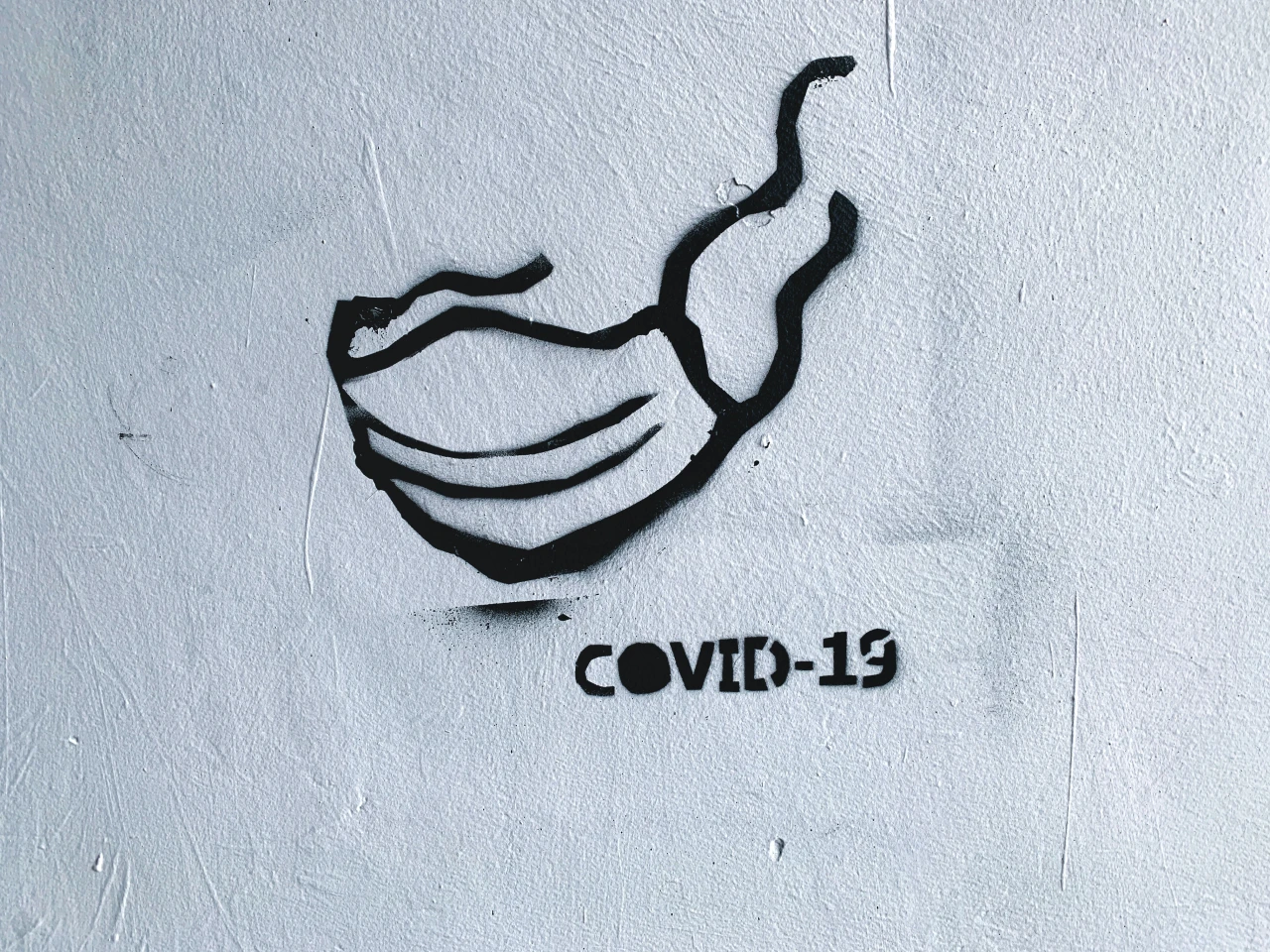Billions intended to keep renters in their homes has not been spent by local governments
Let’s hope that everyone in government has learned a lesson. The next time the nation experiences a pandemic that shuts the entire economy down, they need to just send everybody a check, every month.
We didn’t to that this time around, which led to all sorts of unnecessary pain and chaos and almost undoubtedly made the pandemic worse. But what it means right now is that even though there’s billions of dollars available to help, people are being forced out of their homes because layers of bureaucracy are keeping that money away from them.
Despite the expiration and then emergency resurrection of the federal eviction moratorium at the end of July, the emergency aid that has already been provided by Congress for tenants and landlords was barely tapped in July.
The Treasury Department released data showing that about out $1.7 billion was spent on rent, utility payments, and owed back-payments. In June it disbursed $1.5 billion. All in all, out of the first $25 billion that the Treasury sent out, state and local governments spent just $5.1 billion. According to an analysis by HuffPost, about 60 state and local governments that got that funding provided $0 to renters through the end of June. It’s slightly less dire for July, with around 50 localities that still haven’t disbursed any of the funding.
The Biden administration released guidelines Wednesday that are supposed to streamline the application process for relief and make it easier for individuals, and issued a warning: “[T]oo many grantees have yet to demonstrate sufficient progress in getting assistance to struggling tenants and landlords,” the memo says. “After September, programs that are unwilling or unable to deliver assistance quickly will be at risk of having their rental assistance funding reallocated to effective programs in other high-need areas.”
A better solution would be for the federal government to take all the money back from those programs and disburse it through a federal centralized system so that all the renters in those poorly performing areas aren’t just totally out of luck. There’s another lesson for us next time around: If you’re not going to just send everybody money every month to keep us safe and the economy flowing in a lockdown, then at least have just one point of contact and just one process for people to get the essential help they need.
To make matters worse, the Supreme Court is on the verge of sending out another emergency order from the shadow docket on the Center for Disease Control and Prevention’s eviction moratorium. After the Biden administration extended it earlier this month, a group of landlords appealed to the court to block it after the U.S. Court of Appeals for the District of Columbia Circuit refused to do so. Given the court’s recent action from the shadow docket, it doesn’t look good for renters.

